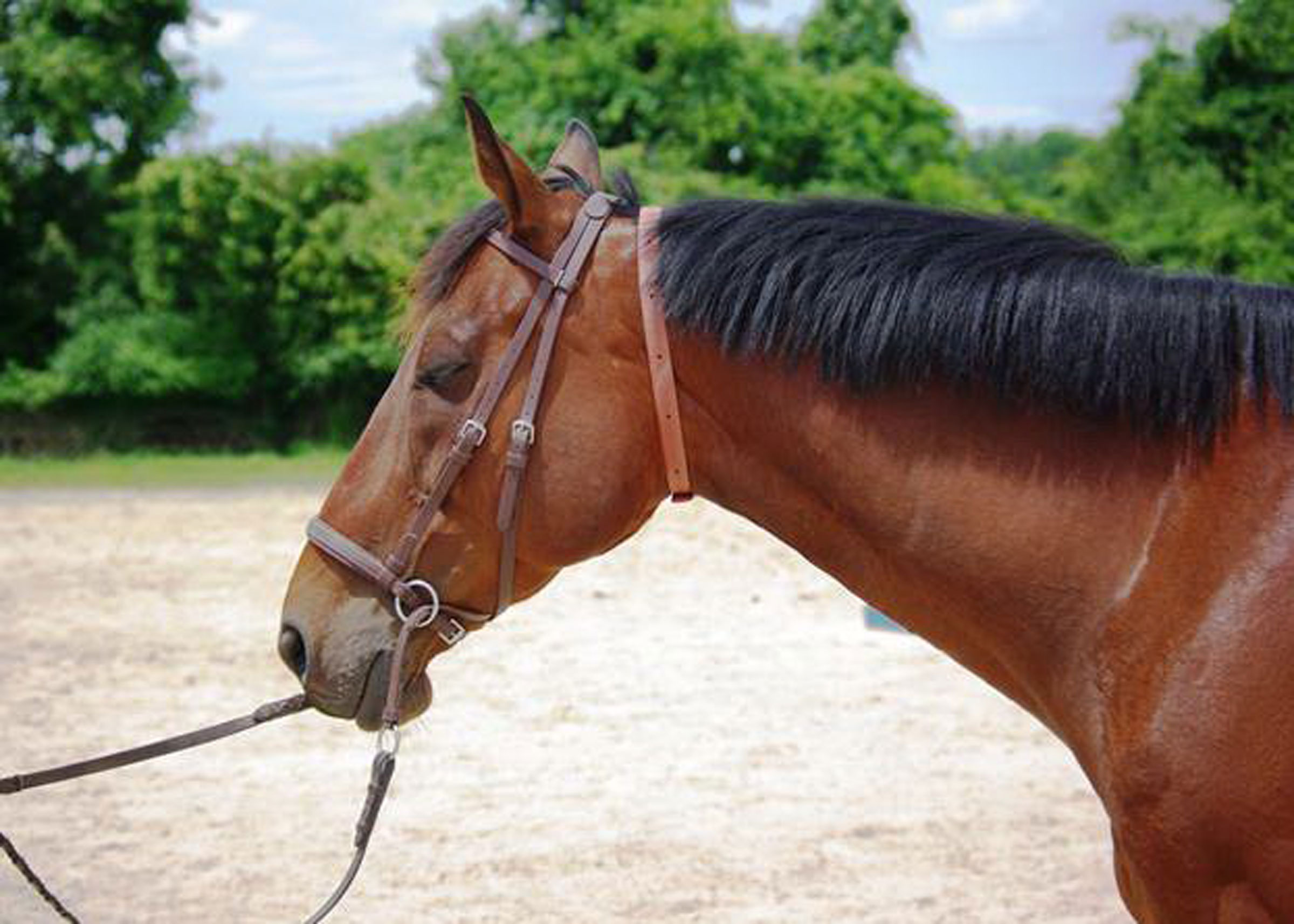
Product Efficacy and Considerations
In an effort to improve protection against insect bites during turnout or while seeking, safe, viable alternatives for insect control, our barn manager informed us of an insect repellent collar that we might consider trying on our horses. The facility where we board our three horses comprises a total population of over 100 horses at any given time, and many different products are utilized by horse owners to help protect again insects, some effective, others less so. While no fly spray systems are used in this facility, fly predators are employed and are effective in keeping insect populations down.
We tested the Alzoo collar on a group of 24 horses with ages ranging from 5 years to 30 years. This group of horses are stalled during the high heat (eight hours) and turned out during the evening and overnight (16 hours). Overall, we have had strong results in the stall board group of horses, varying results in the pasture board group. Other considerations in using the collar are discussed below.
Of the 24 horses fitted with the collars about one month ago, 20 collars are still in place and appear to work well. In addition to placing a collar on each horse, most of us have used additional repellent (spray or other application) around the hind quarters and legs for added protection.
While no product can completely cover the spectrum of irritating insects, the collars offers approximately 60 per cent protection, repelling flies, horse flies, mosquitoes, gnats, chiggers and other biting insects, and are somewhat helpful in repelling ticks (the company reports the collar is not tested on ticks).
Notably, although I have seen the odd bite on my horses — mostly in the hind-quarters — and an occasional tick, the collar efficiently repels insects from the horse’s ears, head, neck, chest and back, and its herbal ingredients appear to have a calming effect on the horses. Efficacy weakens after three weeks, so it is important to replace the collar between the third and fourth weeks.
During two controlled independent studies, veterinary groups reported up to 80 percent reduction in the number of flies and other insects affecting horses. Results varied with temperature, terrain, and weather, and both groups reported that the repellent collar yielded satisfactory and acceptable results in controlling fly populations.
In our own general study, (location, southeast Virginia, U.S.), the collars provided up to 60 per cent protection for stabled horses, i.e., horses that are stabled, with high velocity fans in their stalls, during high heat from 8 AM until 4 PM and turned out overnight. Results varied for pasture board horses, whose populations are outside 24/7 near denser wooded areas with lakes or standing water nearby. It should also be noted that we have experienced a very wet spring in Virginia, with particularly heavy insect populations and extreme mosquito activity for this time of year.
The collar provides protection for the horse’s head, neck, chest and back. We have found it necessary to add repellent on the horse’s underbelly, croup and legs. There has been a notable reduction in head shaking and irritation to ears and eyes since we applied the collars to horses in the study group and few, if any, hives have been detected on the horses to date.
A few of the collars have been removed, either by a horse scratching on a tree trunk, or another horse having pulled a collar off during play or grooming. The product is designed to break away safely under such circumstances and due to its orange color, it can quite readily be found in pastures. However, the fasteners may not easily be found. It is recommended that additional fasteners be used with collars (suggested three fasteners on each collar) for more security.
The collars also help to protect riders against insects, while mounted or working near their horses. Additionally, riders can trim a small, extra piece of the collar (after fitting it correctly to their horses) and affix it to their helmets or belts, as added protection.
The collars retail for approximately $16.99 and should be replaced monthly. Active ingredients include natural herbal essential oils and comprise Melaleuca lternifolia leaf oil, lavandin oil and geraniol and do not harm other horses coming into contact with them during grooming or play. Additionally, we have not seen any irritation or rub marks as a result of using the collars, which can be worn 24/7 and during riding or other activities. The collars are effective in high heat and wet weather conditions, providing a protective shield even during sweating and hard work.
In conclusion, the Alzoo collars offer strong, overall protection for horses, especially when combined with another safe, natural repellent that can be applied to the hind-quarters on the croup and legs. Vigilance is still required when checking for ticks, especially around the dock area, but the collars offer a safe, effective alternative to toxic, chemical sprays and no negative effects have been noted on any of the horses.
For more information visit www.alzooequine.com.
This press release was written by Nuala C. Galbari with photography by David L. Justis, MD, PhD.


